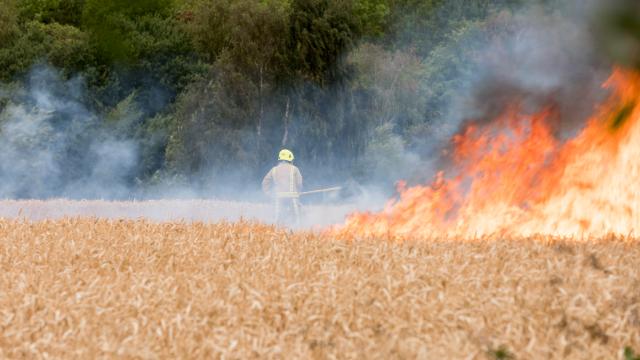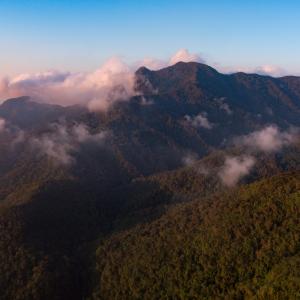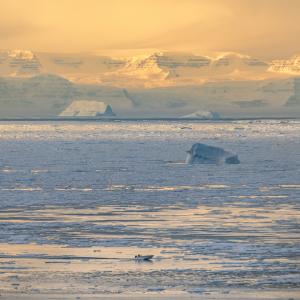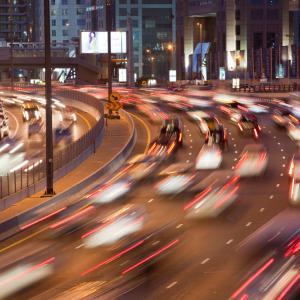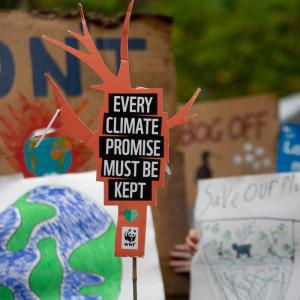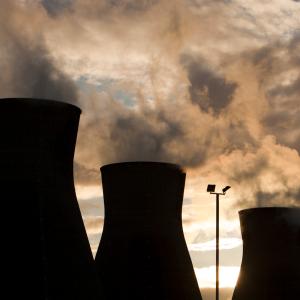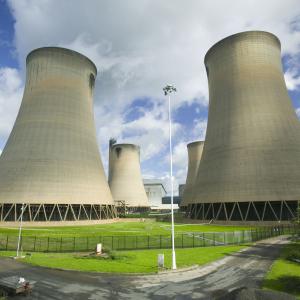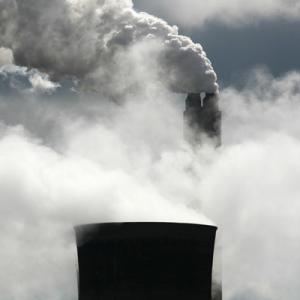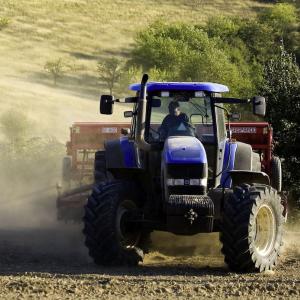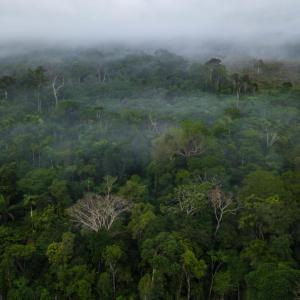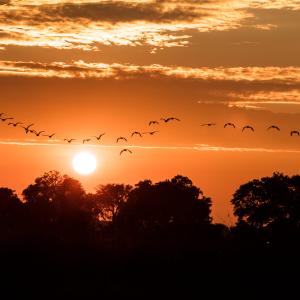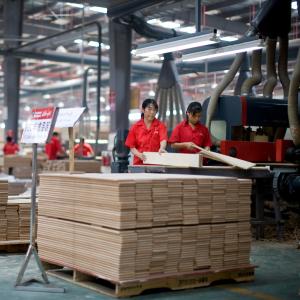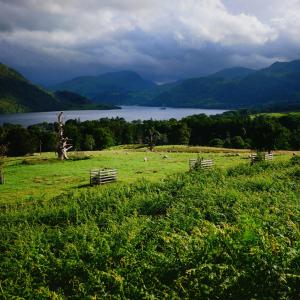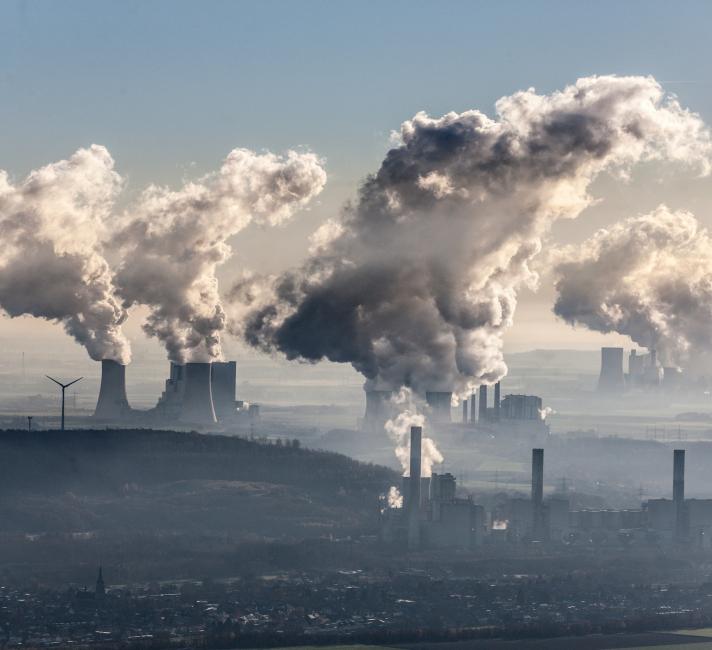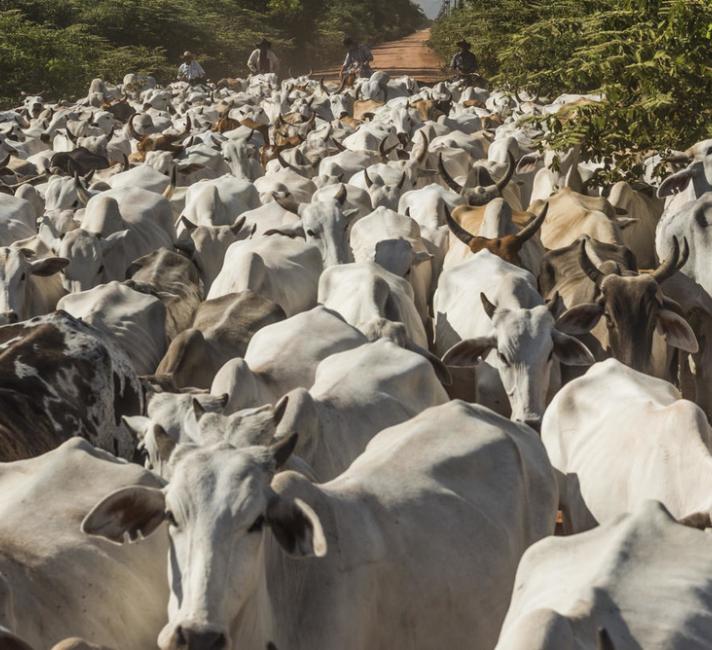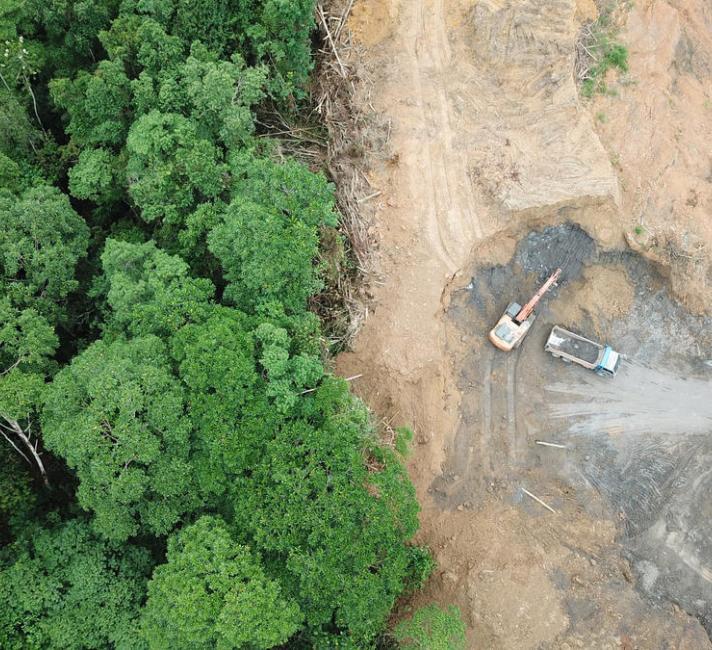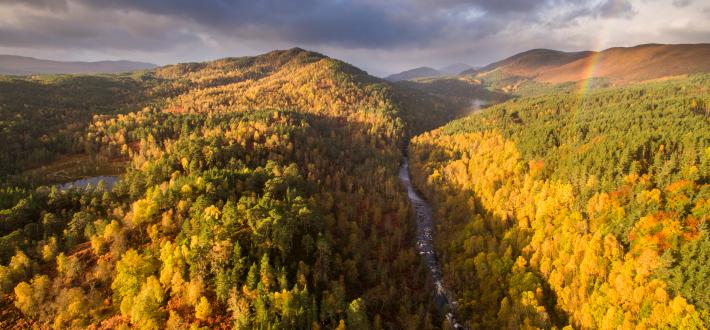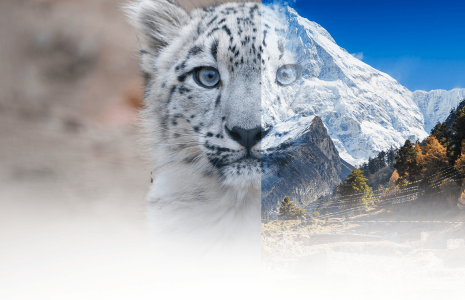Find a full A-Z glossary on climate change here.
Discover more about commonly asked questions on climate change.

The effects of a temperature increase of over 1.5°C
Since the Industrial Revolution, the planet has warmed by roughly 1.2°C. We are already seeing and experiencing the impacts of this warming in the news, with record breaking temperatures, heatwaves, floods, droughts and storms.
Extreme weather events, once rare, are becoming increasingly common and many are attributed to climate change caused by humans. Additional warming often increases the likelihood and severity of these events, endangering people’s lives and livelihoods, wildlife, and nature. While climate change is a global crisis, it often affects those most who are least responsible for greenhouse gas emissions, such as indigenous people and future generations.
Even more concerning, going beyond 1.5°C takes us into unknown territory. Scientists warn of devastating impacts or “tipping points” to our natural environments, and all of us who depend on them, which become much more likely at higher levels of warming. The longer we wait to act, the worse and more expensive it will become to protect and recover from these events.
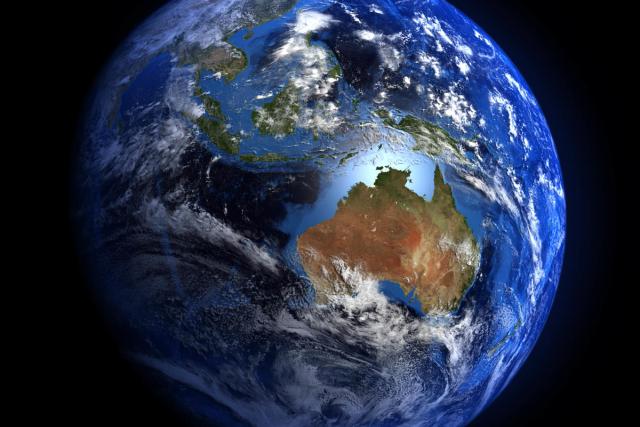
Global solutions to climate change
Every action we have taken so far has reduced the impacts of climate change and we should be proud of this. However, these steps have not been enough. Even if all governments acted on their current climate promises (and in many cases we are very far from meeting those promises!), we expect warming to exceed 1.5°C by the end of the century.
But there is hope. Each year, we learn more about the ways we can reduce emissions, restore nature, and work better together for a brighter future.
Today, we are at the stage where we know the solutions to tackle climate change. Advances in renewable energy, developments in low-carbon technologies, and improvements in our ability to restore and protect ecosystems are all making a difference already. It is now about ensuring our resources and efforts are in place to deliver the change our planet needs. Our actions over the next decade will decide the future ourselves and our children will live in.

Take action for our world
We also recommend
Sources
[1] WWF-UK (2022) Carbon Footprint: Exploring the UK’s contribution to climate change. WWF-UK. https://www.wwf.org.uk/sites/default/files/2020-04/FINAL-WWF-UK_Carbon_Footprint_Analysis_Report_March_2020%20%28003%29.pdf
[2] Climate Action Tracker. The CAT Thermometer. https://climateactiontracker.org/global/cat-thermometer/
[3] Carbon Brief (2024) 'Every 0.1C’ of overshoot above 1.5C increases risk of crossing tipping points. https://www.carbonbrief.org/every-0-1c-of-overshoot-above-1-5c-increases-risk-of-crossing-tipping-points/
